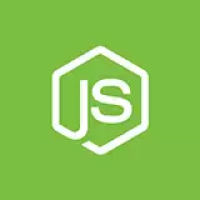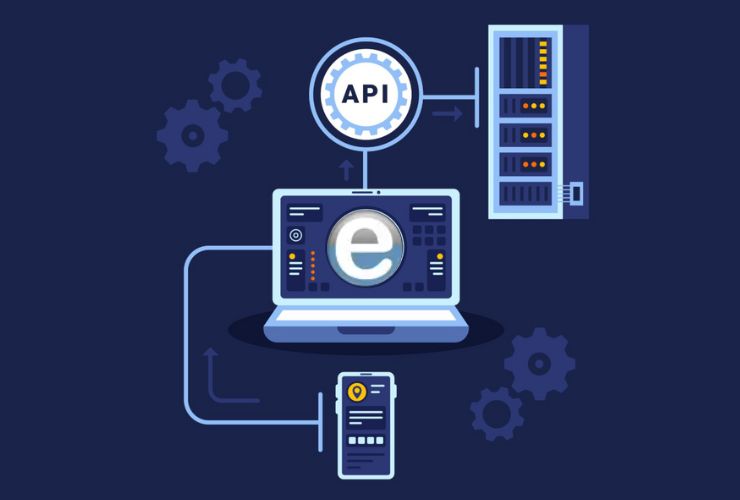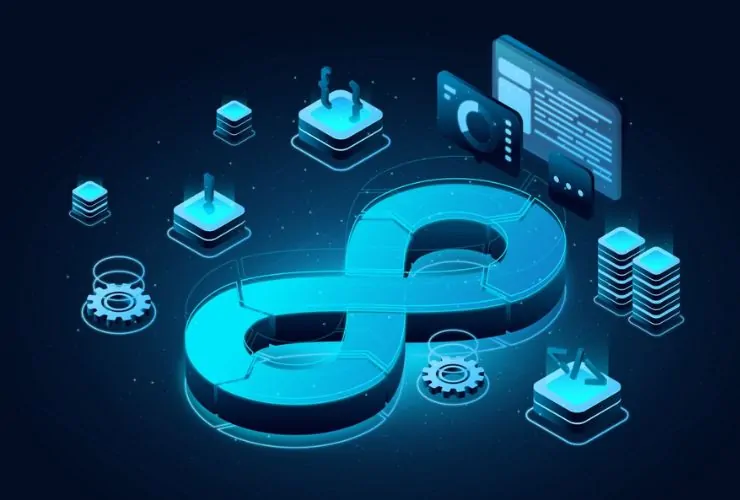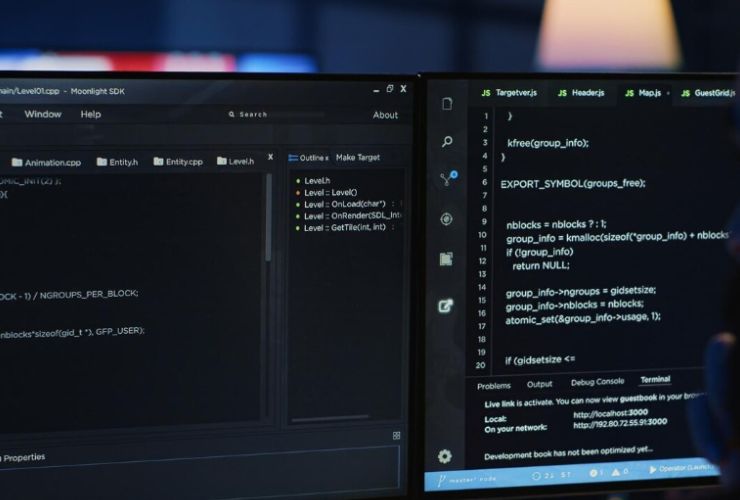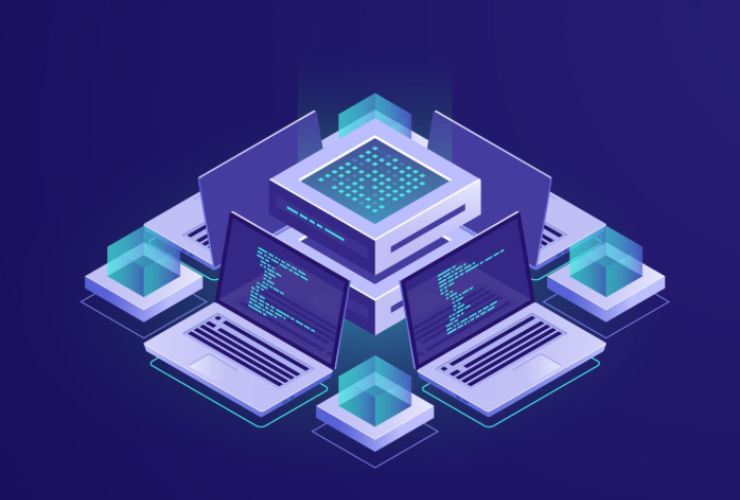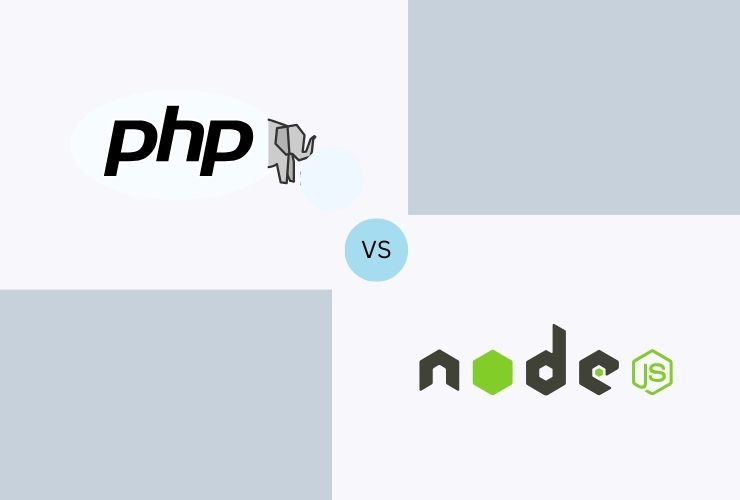The advancement of the Internet of Things (IoT) and real-time data applications is changing the way businesses collect, process, and act upon information. Whether it be smart homes, the most common wearable devices, or industrial sensors, connected vehicles and smart city technologies, the demand for applications that can be fast, scalable, and reactive is building exponentially.
In this environment, Node.js became one of the most sought-after technologies for developing efficient solutions for IoT and real-time applications, due to its non-blocking I/O event architecture. The combination of its lightweight nature, the ability to handle thousands of simultaneous connections, and the need for low-latency and high-throughput applications where every millisecond counts, makes it an ideal option.
The Suitability of Node.js for Internet of Things and Real-Time Applications
1. Event Driven Architecture
Node.js is based on an event-driven architecture, which enables it to easily manage many simultaneous connections from devices. Real-time updates are required from hundreds or thousands of devices in many Internet of Things applications, and Node.js allows for data flow without blocking other processes, which supports seamless responsiveness.
2. Non-Blocking I/O
The non-blocking I/O system makes certain that each time data arrives from a device, sensor, or third-party API, the Node.js application processes the data immediately without waiting for other processes to finish. This non-blocking architecture is essential when applying real-time streaming, as even a small delay could negatively affect user experience, or, for more serious applications in industrial or healthcare domains, vary risk critical decision making.
3. Scalability
Node.js can scale both horizontally or vertically, which allows the Internet of Things platforms to grow as additional devices are connected. Using clustered Node.js servers provides the enterprise an effective means to manage very high volumes of concurrent connections while maintaining a smooth data flow and reliable operation between systems.
4. Agile and Efficient
Node.js applications are agile, keeping constraints to a minimum, and maintaining rapid responsiveness. Because of this, Node.js is ideal for IoT use cases such as home automation, industrial monitoring, or real-time data processing for wearables, where immediate responsiveness is critical.
5. Large Collection of Libraries and Frameworks
Node.js is also home to a large collection of libraries and frameworks – such as Express, Socket.IO, MQTT clients, and Fastify – that streamline our efforts for building IoT and real-time applications. These libraries provide developers with the components to implement:
- Secure communication with devices
- Real-time messaging and data streaming
- Data processing pipelines
Examples of Node.js Use Cases for IoT & Real-Time Processing
- Smart Homes: Control and monitor lights, appliances, HVAC systems, or energy consumption via real-time communication with devices.
- Wearables & Health Tech: Collect and process data from fitness trackers, smartwatches, or medical devices, in real-time, for actionable and quickly available insight.
- Industrial IoT (IIoT): Based on real-time communication with operational sensors, monitor machinery, flags anomalies, and predicts failures, which can help limit down-time and promote efficiency.
- Connected Vehicles: Process location, telemetry, and traffic data in real-time, for optimized routing, fleet management, and safety systems.
- Real-Time Data Dashboards: Real-time analytics for business intelligence, operational monitoring, or predictive maintenance.
- Smart Cities: Coordination of traffic, energy, and public safety systems.
Optimal Approaches for Developing Node.js IoT Applications
- Take Advantage of MQTT or WebSockets for dependable real-time communication with devices.
- Utilize Data Caching and Buffering to handle spikes of incoming data without overwhelming servers.
- Prioritize Strong Security through TLS/SSL encryption, token-based authentication, and secure API endpoints.
- Monitor Functionality with tools like PM2, Node Clinic, Datadog, or New Relic to diagnose bottlenecks and improve throughput.
- Build for Scalability using microservices architecture, clustering, or distributed deployments.
- Plan for Fault Tolerance to manage device disconnection or network outages.
- Consider Cloud Services such as AWS IoT Core, Azure IoT Hub, or Google Cloud IoT to improve connectivity and storage, and perform analytics.
The Benefits of Node.js in Real-Time IoT Applications
- Low Latency: Processes real-time data from sensors immediately.
- High Throughput: Efficiently manages thousands of simultaneous connections.
- Cost-Effective: Lightweight architecture minimizes server and infrastructure expenses.
- Cross-Platform: Works with many different devices, operating systems, and cloud platforms.
- Fast Development Cycles: A wide range of libraries and frameworks speed development cycles.
The Future of Node.js in IoT and Real-time Applications
Growth in IoT adoption will continue to establish Node.js as an important technology for scalable, real-time solutions. Some future trends are:
- Integration of AI and machine learning into predictive analytics
- Edge computing using Node.js for multiple, distributed, low-latency processing
- More advanced IoT security protocols, including authentication with blockchain
- Real-time analytics dashboards with features such as visualization and automated decision-making
Node.js will continue to empower organizations to innovate and accelerate responsive, reliable, and effective solutions for connected devices and wearables, industrial systems and processes, and smart city applications.
Conclusion
Node.js has become a top choice for IoT and real-time data applications. Its event-driven, non-blocking I/O architecture ensures efficiency. The lightweight model allows easy scaling to handle many concurrent connections and users. Node.js enables fast and responsive development for smart home systems, IoT platforms, or industrial monitoring software. It also supports wearable health solutions and real-time analytics dashboards. In all cases, Node.js delivers performance, flexibility, and ecosystem support. It ensures success as IoT expands in the connected world.


